
21 minute read
The RadLab
from Inside Electrical and Computer Engineering at the University of Michigan 2021
by Electrical & Computer Engineering at University of Michigan
THE RADLAB: PEOPLE IN SERVICE TO SOCIETY
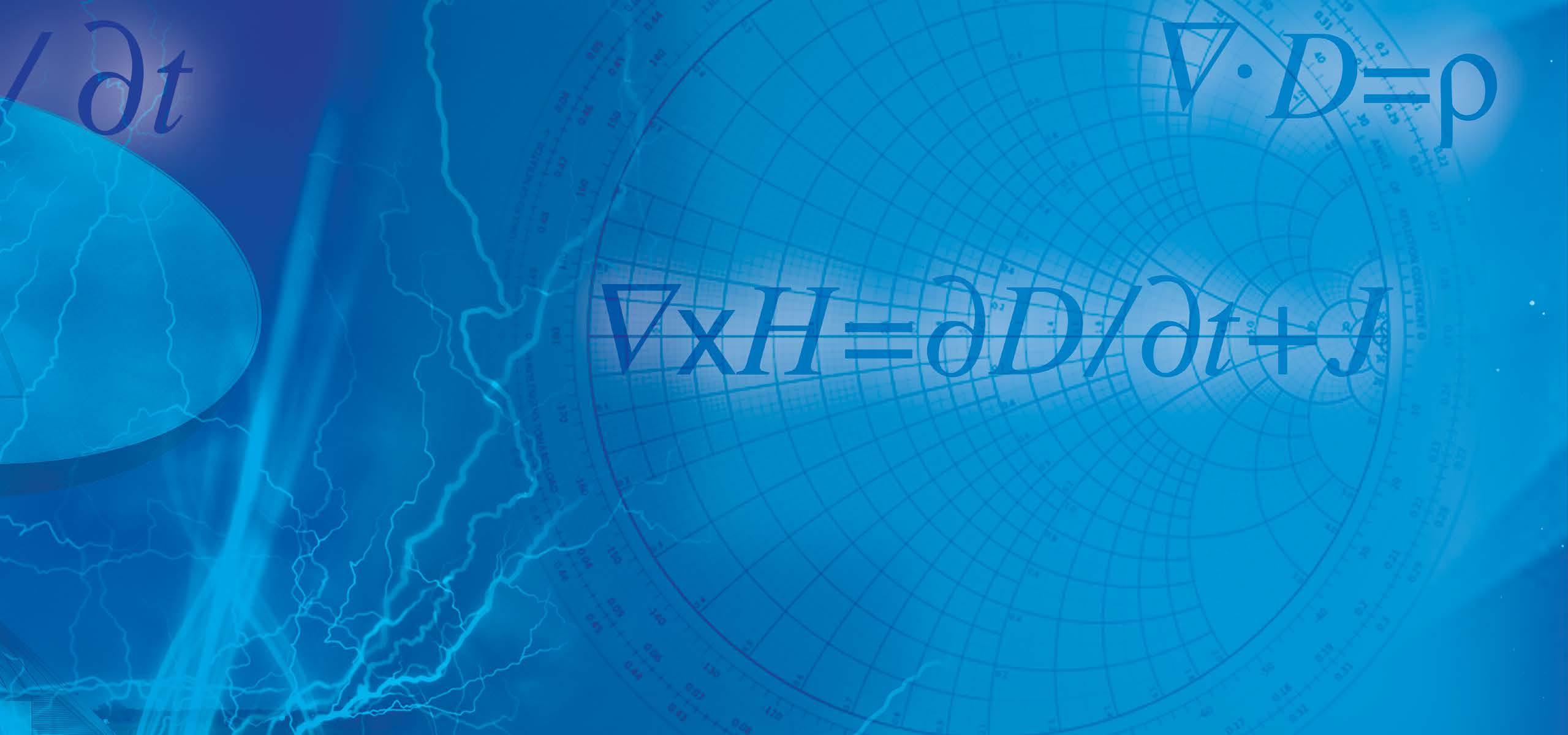
Faculty, staff and students of the RadLab in 2018
The Radiation Laboratory (RadLab) is a tight-knit group that celebrates student defenses, special lectures, alumni events, birthdays, weddings, and more with homemade food, cake, and lots of good cheer. Their collegiality is as strong as their success. This team of researchers, both faculty and students, are consistently ranked as one of the best, if not the best, electromagnetics groups in the world. Students are highly placed in industry and academia, a high percentage of faculty have become members of the National Academy of Engineering, and they are called into leadership roles when only the best will do. “When I think about the RadLab, I think about the positive impact the lab has had on the country,” said Kamal Sarabandi, Rufus S. Teesdale Professor of Engineering, who served as Director of the RadLab between 2000-2021.
Faculty and students in the Radiation Laboratory study electromagnetics, which is the interaction of electric and magnetic fields. Electromagnetics is fundamental to the field of electrical and computer engineering, and spans all technologies within the electromagnetic spectrum. Practical applications range from early radar to seeing through walls, DC to wireless power and energy systems, remote sensing of the environment, medical imaging, communications, and even modern computer design. “The beauty of the RadLab is its focus on developing new technologies, and the science that underlies that technology,” said former director Fawwaz Ulaby, Emmett Leith Distinguished University Professor Emeritus and Sarabandi’s doctoral advisor. This brief introduction to the RadLab is meant to provide a small window into the longstanding and far reaching contributions the faculty and students have had on fundamental science and technology, as well as their impact on society through their collaborations with industry and government.
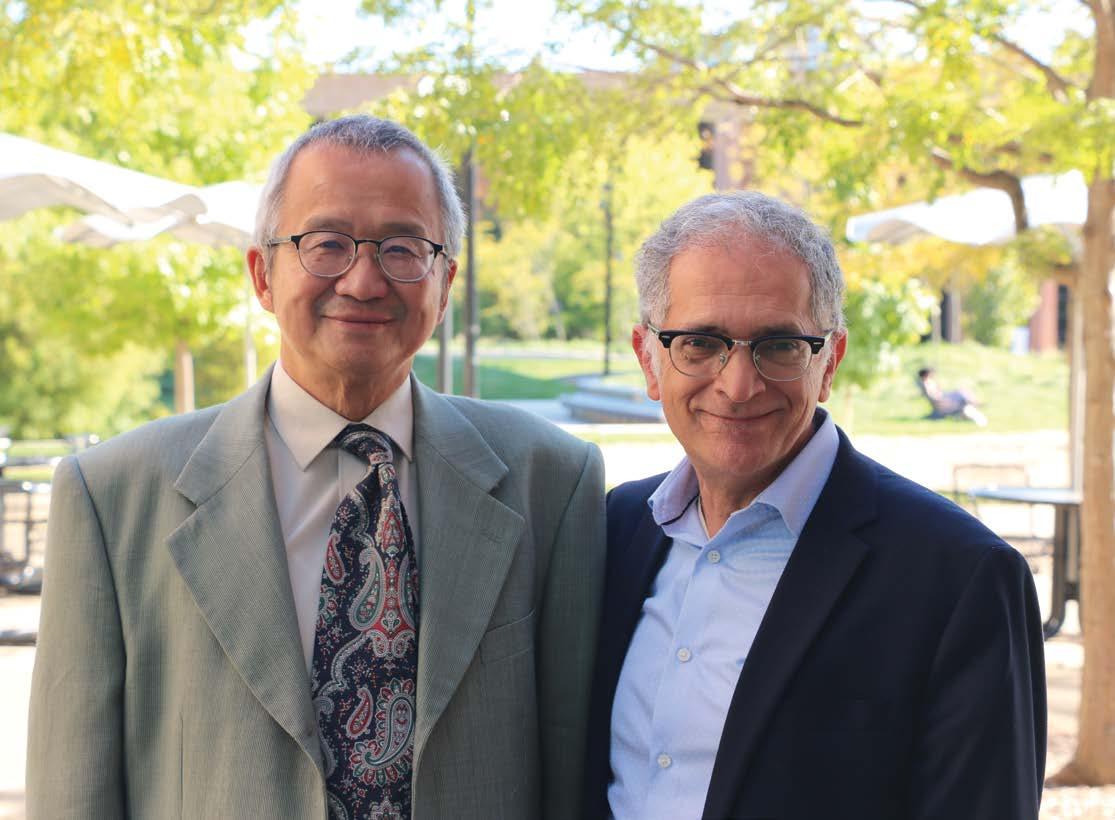
Professors Leung Tsang and Kamal Sarabandi at the College of Engineering NAE reception
Current and former RADLAB faculty members of the National Academy of Engineering
Current Faculty:
Fawwaz Ulaby Kamal Sarabandi
Mark Kushner
Leung Tsang
Former Faculty*:
Chen-To Tai
Mahta Moghaddam Linda Katehi
Gabriel Rebeiz
*Katehi, Moghaddam, and Rebeiz became members after leaving Michigan
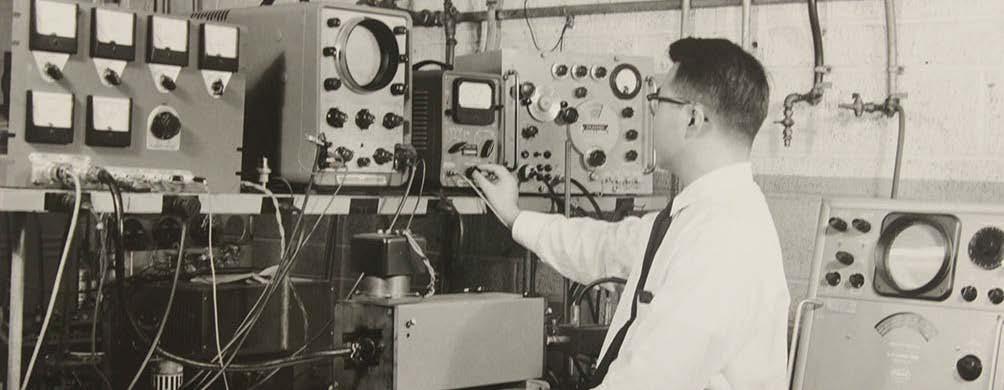

A researcher sending signals inside the original 100 ft. anechoic chamber. He is positioned just outside the chamber. Photo credit: Bentley Historical Library (1958)
Early History
The early history of the Radiation Laboratory reaches back to the activities at Willow Run. Built for the production of aircraft during WWII, in particular the B-24 Liberator bomber, a portion of Willow Run was sold to Michigan on July 1, 1946 for $1.00. In 1948, an Upper Atmospheric Physics Group was formed within Willow Run, later renamed the Theory and Analysis Department. This group later held an URSI-sponsored Symposium on Electromagnetic Wave Theory in 1955 that was attended by most of the scientists involved in electromagnetic scattering around the world. The papers were published the following year in a special issue of the IRE Transactions on Antennas and Propagation; these papers became standard references in the field. In 1957, the Theory and Analysis Department became part of the Electrical Engineering Department and assumed its current name, Radiation Laboratory. One of the key facilities needed to conduct electromagnetics experiments is an anechoic chamber. An anechoic chamber is a very large room coated with a material to reduce any reflection of signals off the wall. At the time, the material was not very good, so you needed a large room to help reduce the reflected signals. There were only two anechoic chambers in existence in 1957, so the RadLab built its own to facilitate its research.
During the 1960’s, RadLab researchers were the first to measure surface fields with the purpose of designing better stealth aircraft. Former faculty member and RadLab director Thomas Senior and former research scientist Valdis Liepa used small scale models to measure and confirm their theoretical calculations. They came up with the first designs for stealth aircraft – designs similar to the later Northrop-Grumman B-2 Spirit (first built in 1987). When gas prices soared in the 1970’s, wind became a viable option for energy. CBS Technology Laboratories funded research to understand how the turbines might be impacting television reception. Former research scientist Dipak Sengupta and Senior proved that the wind turbines installed on Block Island were, in fact, negatively impacting television reception for residents of Rhode Island, leading to the U.S. government providing cable to every resident in the state. Back then, the turbines were made of metal which dramatically increased the interference. Senior and his team developed procedures that are now part of all environmental assessments of wind turbines.

Students working inside today’s anechoic chamber.
“Our long-term success has been built on our people and their collaborations with others.” - Kamal Sarabandi
Impact of Remote Sensing On The Environment
Remote sensing is a key tool for monitoring environmental conditions. In remote sensing, satellites or high-flying aircraft measure the reflected and emitted radiation from a target geographical area to learn about the physical properties of that area.
By the 1980’s, the main areas of RadLab research included microwave and millimeter wave remote sensing of terrain and vegetation, as well as electromagnetic scattering from both manmade and natural targets, and the computer-aided design (CAD) of microwave and millimeter wave circuits. Trees and overall forest structure is an important indication of the Earth’s carbon cycle, which impacts global climate, biodiversity, land use and development, and more. Trees absorb atmospheric CO2 through photosynthesis and then release it through decomposition. With 30% of the Earth’s landmass comprised of forests, scientists need a detailed understanding of their size and makeup to evaluate their overall impact. In 1988, Prof. Fawwaz Ulaby, referred to by many as the Father of Microwave Remote Sensing, developed the Michigan Microwave Canopy Scattering model (MIMICS). This technique for the remote sensing of biomass (in particular, tree canopies) has been widely used and cited by the research community. Sarabandi worked on MIMICS as a graduate student under Ulaby. His dissertation on electromagnetic scattering from vegetation canopies demonstrated pioneering work in the use of imaging radar systems for monitoring vegetation at the global scale. Many of his algorithms and theoretical models are considered classics and are heavily used by remote sensing practitioners even today. In 1994, Ulaby, Sarabandi, and other members of their group were instrumental in the design and calibration of the Shuttle Imaging Radar that flew on NASA’s Shuttle Imaging Radar-C (SIR-C) mission in 1994. This was, and may still be, the most advanced radar system to ever fly in space. It mapped large portions of the Earth’s land surface, and resulted in the launch of later satellite missions by Canada, Japan, and the European Space Agency. Sarabandi was later involved in the Shuttle Radar Topography Mission (SRTM), which provided data to generate the first nearly global, high-accuracy topographical map of the Earth. The shuttle was launched aboard the Space Shuttle Endeavor on Feb. 11, 2000. High-resolution topographic data generated from this mission continues to be used worldwide.


In recognition of his positive leadership and impact on the field, Sarabandi served as a member of NASA Advisory Council for two successive terms (2006-2011), and later served as President of the IEEE Geoscience and Remote Sensing Society (2015-2016). He currently serves as Chair of Commission F, U.S. National Committee for The International Union of Radio Science (USNC/ URSI) and as an Administrative Committee member of the IEEE Antenna and Propagation Society.
Soil Moisture And Climate
Snow and ice levels have serious ecological consequences. As early as the 1970’s, former professor Anthony England, who was part of the U.S Geological Survey, was among the first scientists who realized that you couldn’t understand global climate and the human effect on climate without considering the interrelationship of the atmosphere, the ocean, and the water cycle. England noticed that hydrologists did not look at the water cycle in a global perspective. Realizing it was because they lacked the tools to do so, he set about providing those tools. England’s team built instruments to calibrate and validate information received from Space not only for Michigan, but other institutions. His group was one of the first to generate land-surface models that were linked to satellite observations. His team was also the first to incorporate microwave brightness to determine levels of moisture in the soil.
More recently, Sarabandi and his team constructed the most powerful radar calibration device in the world to interface with NASA’s newest orbiting satellite, called Soil Moisture Active Passive (SMAP), which launched Jan. 31, 2015. SMAP is a 5-year mission to measure the amount of water present in the top 2 inches of soil around the entire Earth (excluding the Poles). The data collected by SMAP is expected to improve our ability to
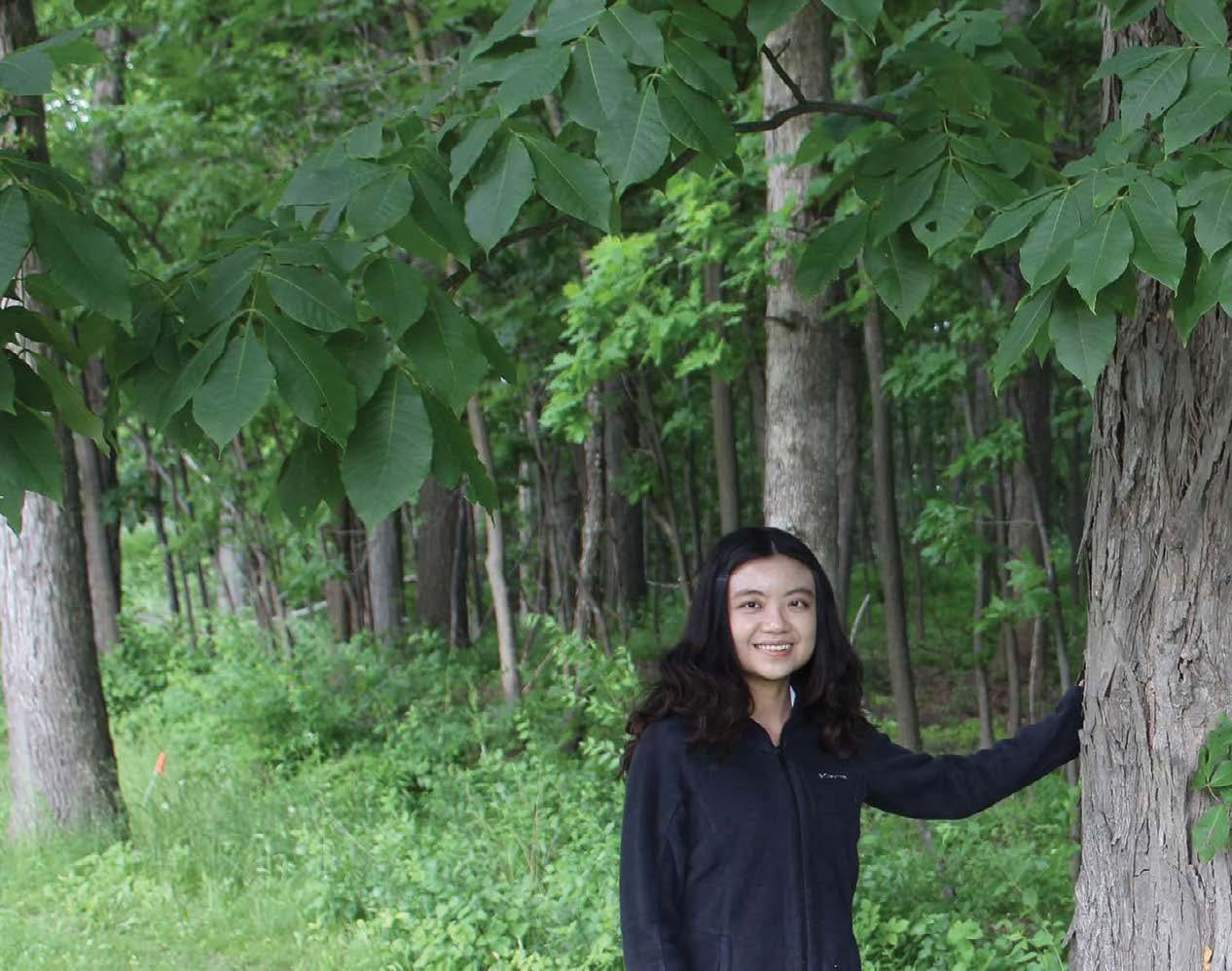
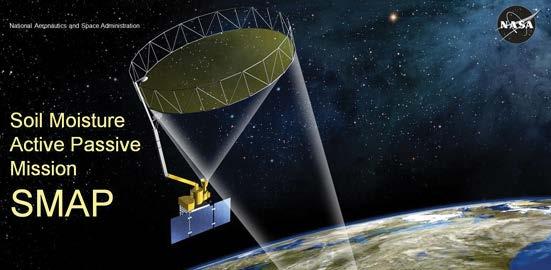

Image courtesy NASA
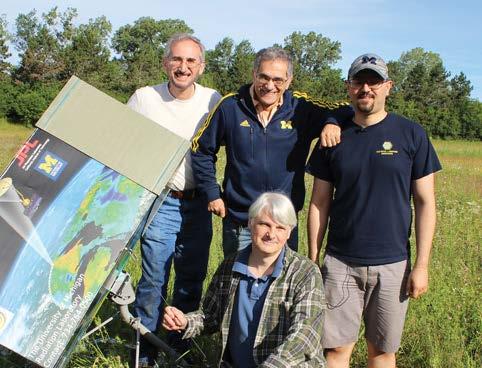
Researchers are setting up the instrument that was interacting with a device in Space. In the photo are research scientists Leland Pierce (front), Adib Nashashibi (back left) with Kamal Sarabandi and graduate student Mani Kashanianfard (back right). forecast the weather, monitor droughts, predict floods, enhance crop productivity, and understand the Earth’s water, energy, and carbon cycles. SMAP is the first satellite ever built to specifically target soil moisture. Sarabandi is a member of the Science Team for NASA SMAP Mission.
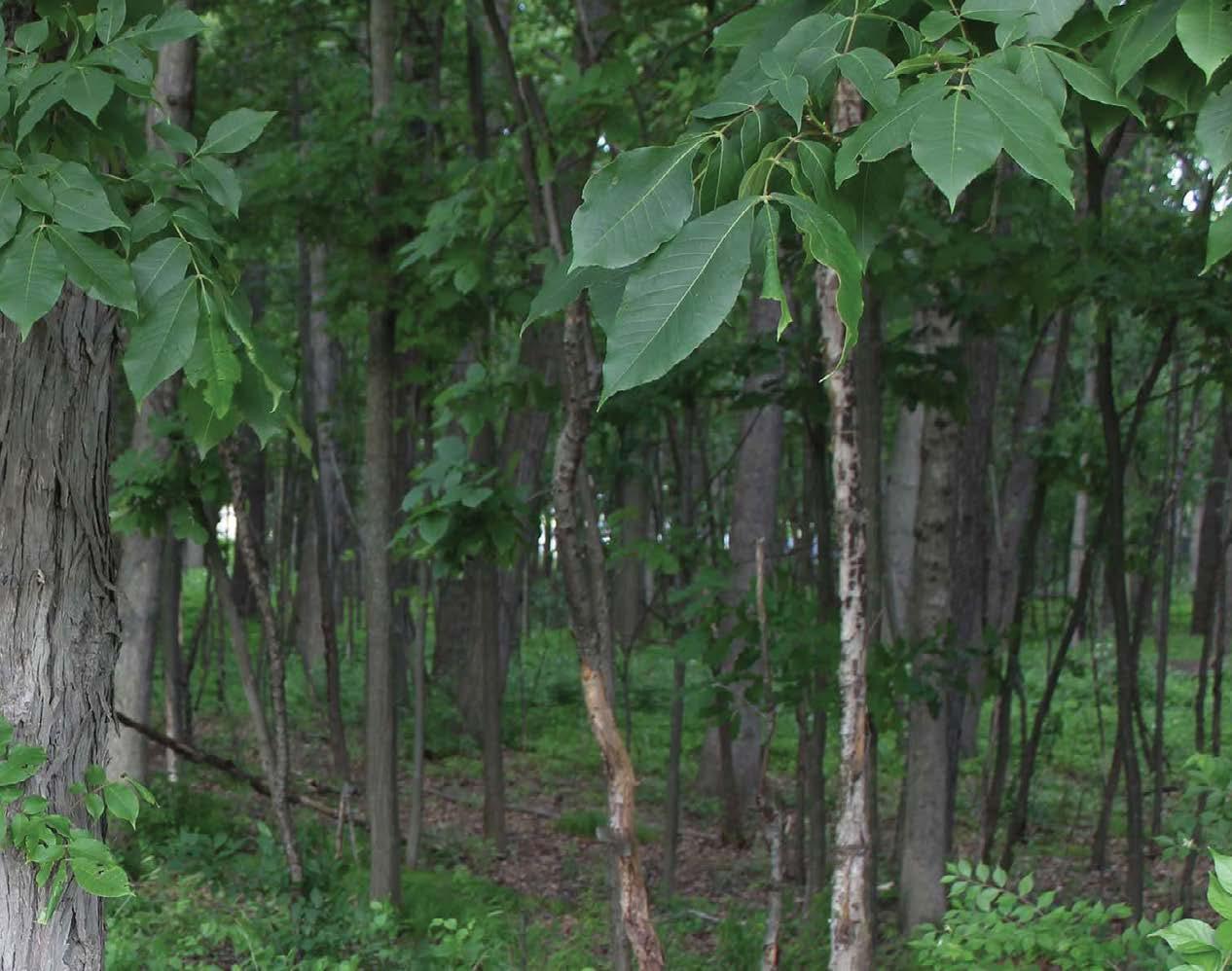
The SMAP radar built by JPL worked briefly but unfortunately failed only months into the mission. Fortunately, by tweaking the algorithms that interpret the data, the radiometer is providing better information than originally anticipated, thanks to Prof. Leung Tsang and his group. In an attempt to get the best data from remote sensing measurements, Tsang developed physical microwave scattering models that combine the radar from the European Space Agency Sentinel with the L band radiometric signals of SMAP. “Recent physical modelling based on full wave simulations is showing much larger microwave penetration through vegetation and forests than predicted by previous models,” said Tsang. “These new models encourage re-examination of data already collected, particularly over dense vegetation and forests.” In addition to soil moisture, Sarabandi, Tsang, and their students are finding better ways to determine global levels of snow and ice.
More NASA Connections
With much of their research taking place in outer space, the RadLab faculty have extensive ties to NASA and its missions. England himself was an actual NASA astronaut who flew during the Space Shuttle program before joining Michigan in 1988. Several faculty have received significant awards for their service to NASA, as well as their contributions to remote sensing and space missions. Sarabandi has served as member of the NASA Advisory Council, the highest advisory council in NASA. Prof. Brian Gilchrist is focused on Space Electrodynamics and Tether Systems. He was director of the Shuttle Electrodynamic Tether System (SETS) experiment that flew on the STS-75 shuttle mission in 1996. Recently, he directed the project, Miniature Tether Electrodynamics Experiment-1 (MiTEE-1), involving more than 150 undergraduate students over the course of six years that put a cubesat into space. MiTEE-1 is part of a mission to explore the feasibility of a new propulsion method, electromagnetic tethering, that could enable very small satellites to move around Earth’s orbit without carrying fuel. Read more about MiTEE on pp. 70-71.
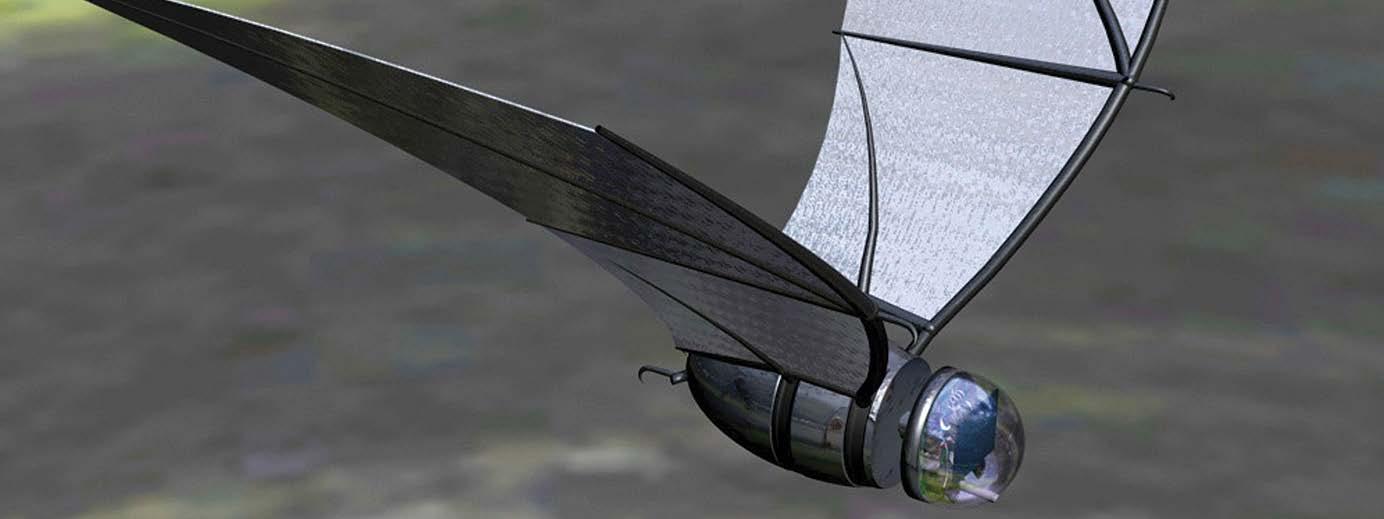
Artist’s design of the flying integrated COMBAT system
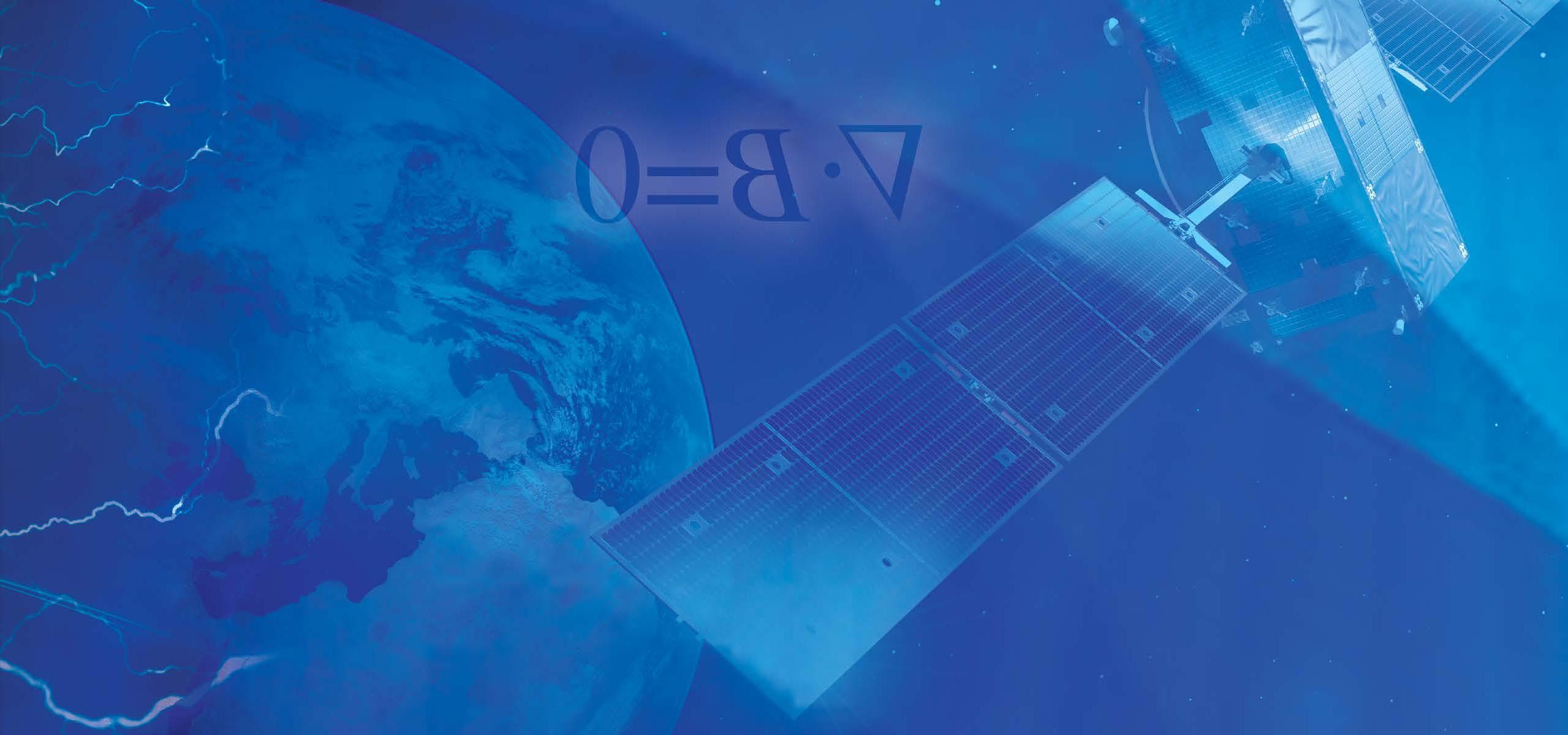
High Frequency and Terahertz Technology
The NASA Center for Space Terahertz Technology, established in 1988, was the first of its kind in the country. Directed by Fawwaz Ulaby, this 10-year, $13M Center pioneered the development of Terahertz antenna arrays, sources, and circuit components. The Center helped create international forums for research in THz technology. These included the publication of special issues of scientific journals dedicated to this subject, and the establishment of the Symposium on Space A fully integrated 220GHz FMCW radar with 62GHz of bandwidth. Terahertz (SSTT), which was first convened in Ann Arbor in 1990 and has since gone international.

Prof. Ehsan Afshari is currently pushing the existing boundaries in high frequency communication by combining novel circuit topologies and efficient systems in his millimeter-wave (electromagnetic waves ranging ~30-300 GHz) and terahertz (electromagnetic waves ranging ~300 GHz-3 THz) devices. His integrated systems are able to add significant functionality, such as signal processing, right on the chip, and his chips can be combined into an array. These arrays can do beamforming, which means an image can be captured in 3D from a single vantage point, saving the need to move either the device or the object. Afshari and his group have achieved numerous records in their devices, which have applications including the detection of concealed weapons, cancer diagnosis, food quality control, and breath analyses for disease diagnosis.
COMBAT Center
The 10-year multi-institution Center for Objective Microelectronics and Biomimetic Advanced Technology (COMBAT) was established at Michigan in 2008, and directed by Sarabandi. With total funding of about $20M, COMBAT focused on remote sensing, autonomy, communications, and operation in an ensemble of collaborating miniature flying robots. The goal of COMBAT was to enable autonomous flying robots to navigate in poor conditions (ie, smoke, fog, darkness) and inside buildings, take photos and acquire and transmit other types of information, and do so on a small device that needed continuous power from a lightweight source. COMBAT led to several groundbreaking projects, including: development of the world’s smallest and most advanced radar; new designs and techniques for ultra low-power operation of digital and analog circuits for processing information; development of the world’s best image sensor chip; development of the world’s most sensitive air velocity wind sensors; and development of flexible skin-like biomimetic solar cells for power harvesting. This entire activity has enabled broad collaborative efforts among industry, academia, and the Army Research Laboratory. Technology developed over the course of the project was transferred successfully to both industry and the Army Research Labs.
The Better Antenna
Radios were among the core early technologies that kept electrical engineers busy in the early decades of the 20th century. Even today, all radios need antennas to convert electric power into radio waves to transmit and receive information.
Radio waves are electromagnetic waves, and the antenna couples the electrical connection of transmitters and receivers to the electromagnetic field. The first antenna was built by Heinrich Hertz in 1888, just a year before the first course in electrical engineering was taught at Michigan.

With the rise of electronics and computers in the middle of the 20th century, followed by the extreme shrinking of electronics and the move to wireless in the 21th century, research into building “the better antenna” has continued unabated. Former professor and NAE member Chen-To Tai, who joined the department in 1964, was an acknowledged leader in this area. Tai established the foundation of multielement array antennas, which are used extensively in a variety of radio systems. Terahertz antenna arrays, sources, and circuit components were pioneered in the late 1980’s and throughout the 1990’s within the Center for Space Terahertz Technology. And in 2000, an electromagnetic metamaterials program, the first of its kind, was established under the direction of Sarabandi under a MURI DARPA program. More recently, fundamental studies on metamaterials and their applications to electromagnetic devices and radiating systems have been carried out by Prof. Anthony Grbic and his team. Grbic is a pioneer in the metamaterials area, well known for his foundational work on metasurfaces and first demonstration of a metamaterials superlens. Grbic currently is one of the PI’s on a $7.5M MURI with the goal of developing metamaterials that vary both in space and time. These new metamaterials, which break time invariance, promise unprecedented functionality, and compact and cost-effective ways to transmit and even simultaneously receive electromagnetic waves. The project could lead to breakthroughs in areas such as next-generation wireless communication, commercial and military radar systems, imaging, and antenna systems.
Wireless Power Transfer
First demonstrated by Nikola Tesla in the 1880s, wireless power transfer has only recently been developed to the point where it is being used in consumer electronics. The prevalence of wireless devices such as smartphones and laptops fueled interest in this area of research. Potential applications also include wireless powering of implanted medical devices and ubiquitous charging of electric vehicles.
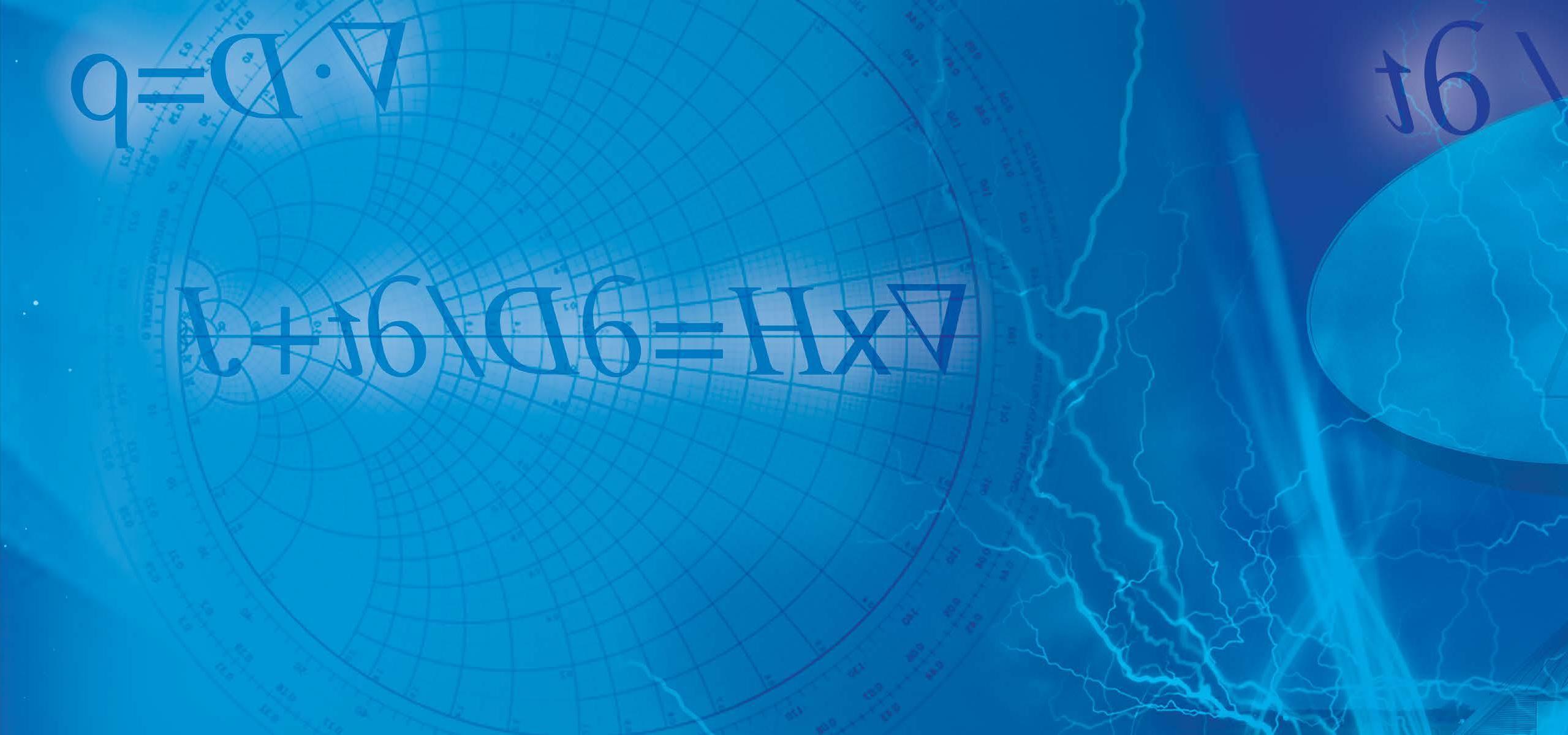
RadLab faculty and students are actively pursuing wireless power transfer from both fundamental and practical perspectives. A major initiative is focused on powering devices from the size of a cell phone to an electric vehicle with greater ease and/or efficiency than possible today. Prof. Amir Mortazawi, who was named the new Director of the Radlab in September, is creating devices that allow for evergreater distances between the device and the power. This technology could be used to charge electric vehicles while at a stoplight, or driving down the road. It is expected to have a dramatic impact on all mobile robotics and electronic devices, including those for biomedical applications.
Computational Electromagnetics
Computational electromagnetics (CEM) involves modeling how the electromagnetic field interacts with physical objects and the environment. It is important to the design and modeling of antenna, radar, satellite and other communication systems, optical, nanophotonic and electronic devices, medical imaging, and other applications and devices. The field has grown in response to the computational power available to engineers. Eric Michielssen, Louise Ganiard Johnson Professor of Engineering and Associate Vice President for Advanced Research Computing, is an acknowledged leader in the field. In 2017, he developed a new algorithm, called Butterfly, that is orders of magnitude faster than prior algorithms, while using fewer computer resources. Through his fundamental contributions, researchers have been able to tackle very large and multi-scale computational problems not feasible previously.
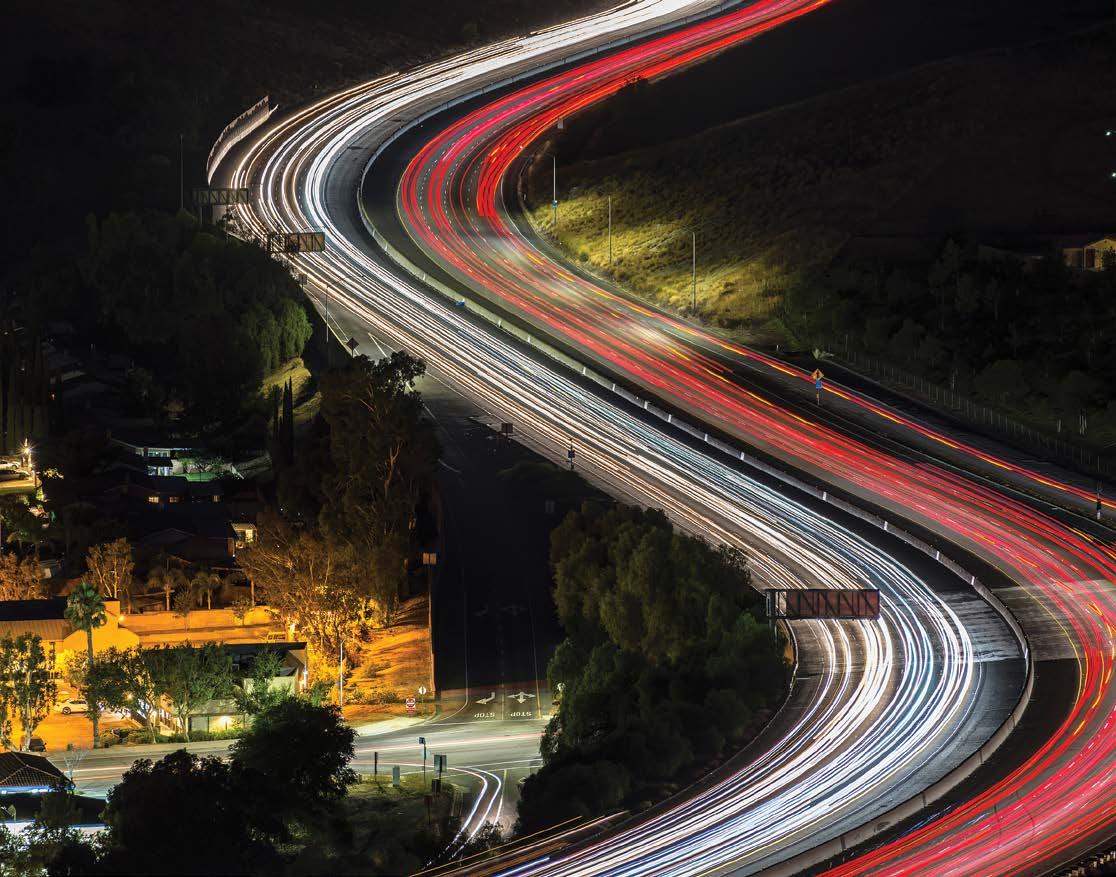
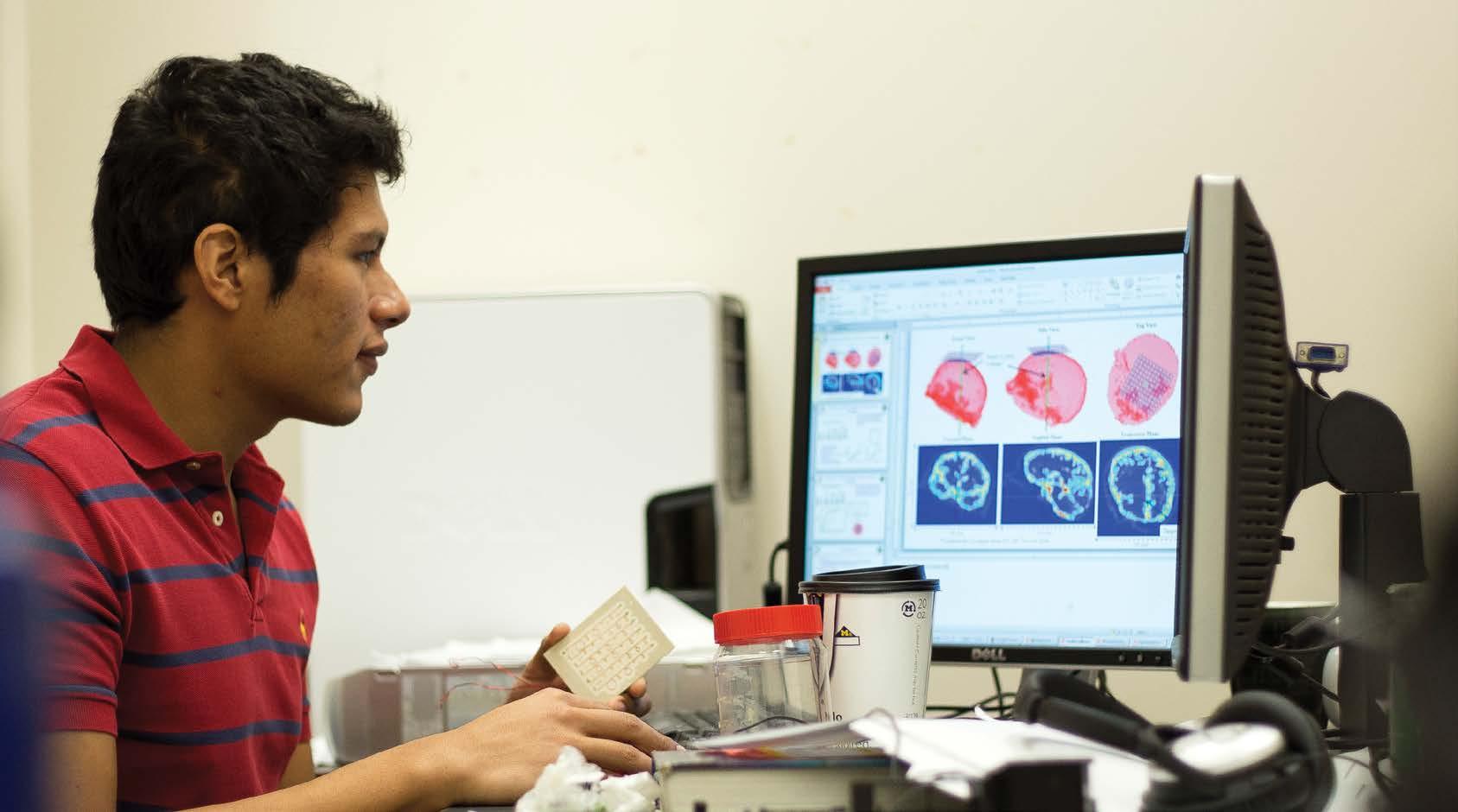
Luis Gomez (EE PhD 2015), former student of Eric Michielssen, is working on a device capable of sending signals deeper into the brain to treat depression more effectively, thanks to computational electromagnetics.
Proposed MMW Imaging radar placed on top of vehicle, based on successful miniaturization of a 230 GHz radar system

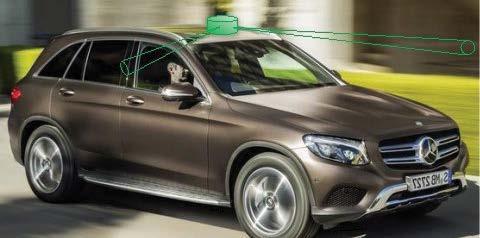
Plasma Science and Engineering
A vast array of modern technologies, including renewable energy sources, lighting, microelectronics, and medicine, would not exist in the absence of low-temperature plasmas, a specialty of Mark Kushner, George I. Haddad Professor of EECS. Kushner directs the Michigan Institute for Plasma Science and Engineering (MIPSE), which is a community of faculty, staff and students at U-M and Michigan State University whose research and education programs are devoted to the advancement of the science and technology of plasmas. Kushner also directs the DOE Plasma Science Center. The fundamental research that is being conducted at the 10-institution Center could lead to more efficient solar cells, finer-featured microchips and new medical tools that cut and heal tissues with plasma-activated chemistry. An acknowledged leader in the field, Kushner co-chaired the Decadal Study of Plasma Science, conducted by the National Academies of Science, Engineering and Medicine, and recently joined the Standing Council of the $8M NSF Engineering Research Visioning Alliance (ERVA), the first engineering research visioning organization of its kind. ERVA seeks to envision high-impact solutions to society’s grand challenges and to spark new research directions for a more secure and sustainable world. His current research, as director of the Computational Plasma Science and Engineering Group (CPSEG), is development of 2- and 3-dimensional computer models for plasma materials processing, and plasma remediation of toxic gases. The CPSEG is well known in the microelectronics fabrication industry for its innovative simulations and visualizations of plasma processing reactors, and for its close working relationships with industry and national laboratories. Many of the computer models and CAD tools developed by the CPSEG are available for licensing and transfer to industry. Kushner has also been applying his research in lowtemperature plasmas to medical applications, in particular, developing computer models to determine how these plasmas interact with human tissue. Applications include unique approaches to wound healing and sterilization, and cancer treatment.
Detecting Communication among Biological Cells
In the past five years, members of Sarabandi’s group have been examining how cells in the human body communicate.
“Recently we acquired evidence that bacterial cells are communicating and radiating electromagnetic waves,” said Sarabandi. “We don’t know what they’re saying, but we’ve built devices that are so sensitive that we could track these measurements and listen to them. It’s very exciting.”

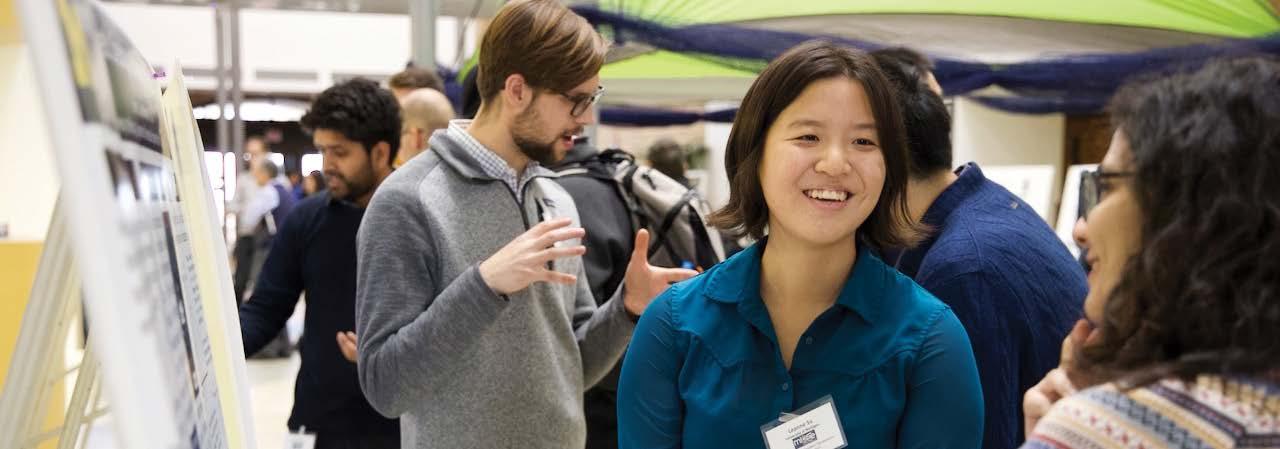
This research, funded under DARPA’s RadioBio program, could allow doctors to disrupt the communication of infectious bacteria or the growth of cancerous tumors. It could even lead to greater understanding about the formation of Alzheimer’s disease.
Center on Microwave Sensor Technology
In 2015, the RadLab formed an international partnership with King Abdulaziz City for Science and Technology, which is providing significant funding for the UM-KACST Joint Center of Excellence on Microwave Sensor Technology. The Center has been led by Sarabandi and is focused on designing the next generation of automotive radar.

Current radar systems can sense the presence of people and vehicles, but cannot convey much more information. These radar systems operate at 77GHz, a frequency specifically allocated for automotive radar by the Federal Communication Commission (FCC). The FCC is considering allocating a frequency band in the 230GHz range, intended for future generations of automotive radar. By moving from 77GHz to 230GHz, the resolution of the same size antenna improves dramatically, which will provide a much greater variety of information about the surrounding scene. RadLab faculty are well on their way to reducing the size of desktop systems into mm-scale chips capable of providing this technology. Additional research happening in the Center includes: • subsurface imaging of buried objects • compact and low-power THz integrated circuits for hidden object detection in airports as well as detection of cracks in industrial settings • wireless power transfer A goal for all these projects is the ultimate transfer of the technology to industry.
Education and Students
The RadLab is home to about 70-80 graduate students of diverse backgrounds. Its graduates hold top academic and industry positions, and are successful entrepreneurs. Former students have gone on to lead major companies, such as Steve Mollenkopf, CEO of Qualcomm Inc., or to teach the next generation of students, such as Rhonda Franklin, professor at the University of Minnesota and Nader Bedhad, professor at the University of Wisconsin. In recognition of their outstanding contributions, each of these alumni have received individual ECE alumni awards and recognition. In addition to graduating 100’s of PhD students, RadLab faculty have educated countless undergraduate and master’s students, and along the way have written more than 20 textbooks, including classics in their field. Collaborating with other academics across the country, Ulaby initiated a unique textbook initiative to ease the financial burden of students by offering newly-published books for free online, and “at cost” in hardcover.
Microwave Radar and Radiometric Remote Sensing, by Fawwaz T. Ulaby and David G. Long with contributions by William Blackwell, Charles Elachi, Adrian Fung, Chris Ruf, Kamal Sarabandi, Howard Zebker, and Jakob van Zyl, published 2014, provides a comprehensive review of the field. In addition to resources for instructors, the textbook includes an online interactive supplement that includes computer codes, a list of satellite and airborne microwave sensors, and highresolution radar and radiometric images available for download. It is in use at educational institutions throughout the world.
Fawwaz Ulaby’s Fundamentals of Applied Electromagnetics, first published in 1996 and adopted by hundreds of engineering departments around the world, is now in its 8th edition.
Theory of Microwave Remote Sensing, by Leung Tsang, Jin Au Kong, and Robert Shin, published in 1985, was a foundational book in the field.
Leading Future Technology
For many decades, the group known as the RadLab has been collectively recognized as the best in their field. RadLab faculty are regularly called upon to take on leadership roles on both institutional and international levels, and they maintain close ties with government agencies and industry. As the world has become more connected, so has the RadLab. Especially through its research centers and institutes, RadLab faculty have interacted with countless researchers throughout the College of Engineering, the University of Michigan, and at other institutions here and abroad.
Much of the RadLab’s current research is expected to impact the autonomous vehicle industry as well as 5G applications, thanks to ongoing collaborations with General Motors, Ford Motor Company, and the government. While continuing the critical research the RadLab is known for, future research will expand further into individual health. Can electromagnetic waves replace antibiotics? What is the impact of radiation on brain cells?
Wherever the faculty of the RadLab apply their expertise, success follows.
“Our long-term success has been built on our people and their collaborations with others,” said Sarabandi. “We encourage our people to get into interdisciplinary areas to apply electromagnetics to a wide range of problems, from outer space to individual biological cells.”







